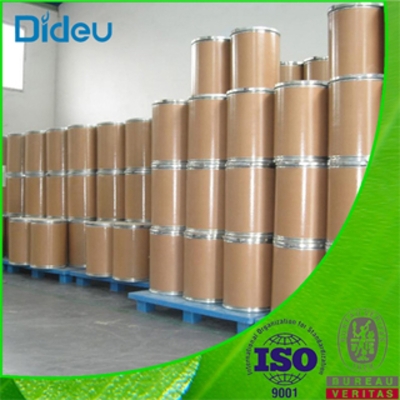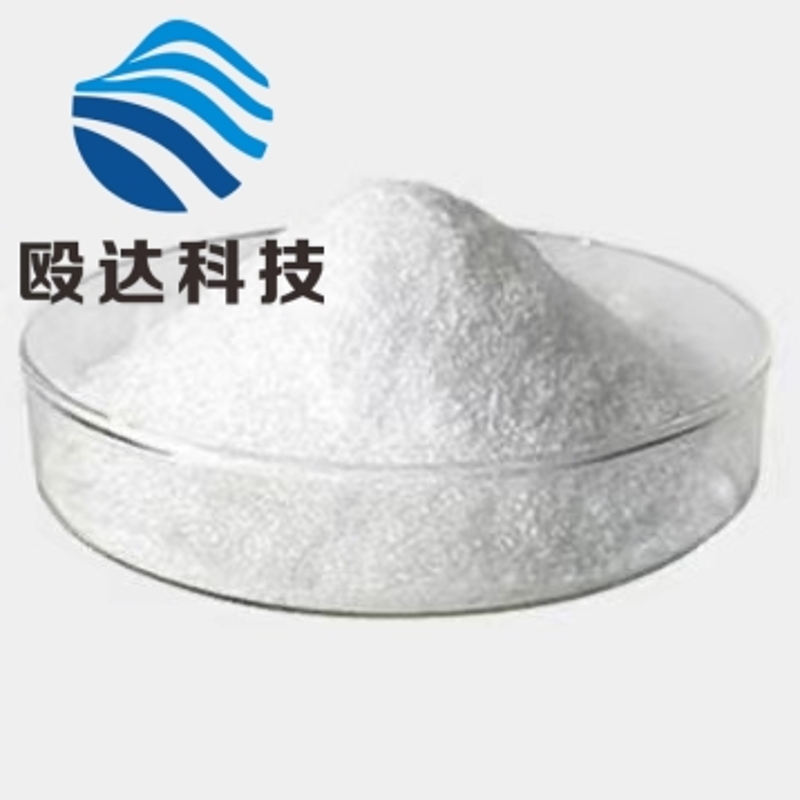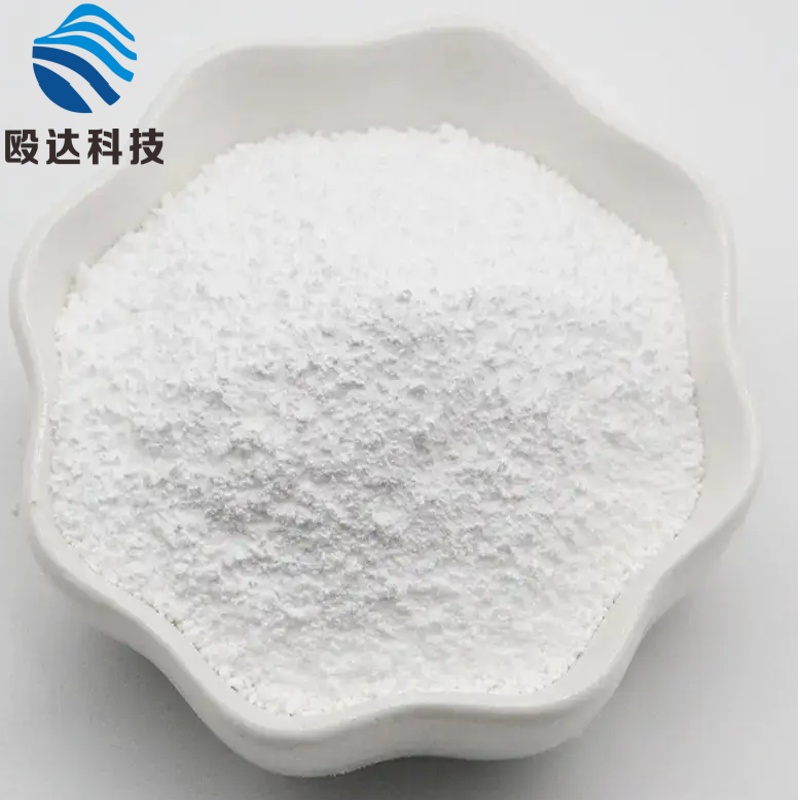-
Categories
-
Pharmaceutical Intermediates
-
Active Pharmaceutical Ingredients
-
Food Additives
- Industrial Coatings
- Agrochemicals
- Dyes and Pigments
- Surfactant
- Flavors and Fragrances
- Chemical Reagents
- Catalyst and Auxiliary
- Natural Products
- Inorganic Chemistry
-
Organic Chemistry
-
Biochemical Engineering
- Analytical Chemistry
- Cosmetic Ingredient
-
Pharmaceutical Intermediates
Promotion
ECHEMI Mall
Wholesale
Weekly Price
Exhibition
News
-
Trade Service
The production process of (3R,4R)-3-(aminomethyl)-4,5-dimethylhexanoic acid, also known as L-canavanine, involves several steps that must be carried out in a specific order to ensure the production of a high-quality end product.
The following is a detailed overview of the production process for L-canavanine in the chemical industry.
Step 1: Raw Material Preparation
The production of L-canavanine begins with the preparation of raw materials, which typically includes the use of amino acids, such as L-arginine, and chemical reagents.
The raw materials are carefully selected and procured to ensure their purity and quality, as this can have a significant impact on the final product.
Step 2: Protection of Amino Group
The next step in the production process involves the protection of the amino group of L-arginine, which is done by converting it into a protected derivative.
This is typically achieved using a technique known as reductive amination, which involves the use of a reducing agent, such as lithium aluminum hydride (LiAlH4), to reduce the nitrogen atom of the amino acid.
Step 3: Condensation Reaction
The protected derivative of L-arginine is then used in a condensation reaction, which involves the use of a carboxylic acid, such as 4,5-dimethylhexanoic acid.
This reaction results in the formation of a new compound, known as 4,5-dimethyl-3-(aminomethyl)hexanoic acid.
Step 4: Reduction of Carboxylic Acid
The next step in the production process involves the reduction of the carboxylic acid used in the condensation reaction.
This is typically achieved using a reducing agent, such as lithium aluminum hydride (LiAlH4), to reduce the carboxylic acid to a primary alcohol.
Step 5: Hydrolysis
The primary alcohol produced in the previous step is then subjected to hydrolysis, which involves the use of water and a catalyst, such as hydrochloric acid, to cleave the ester group and form an amide.
Step 6: Nitridation
The resulting amide is then treated with a nitrogen source, such as ammonia, to introduce a nitrogen atom into the molecule, resulting in the formation of L-canavanine.
Step 7: Purification
The final step in the production process involves the purification of L-canavanine, which is typically done using techniques such as distillation or crystallization.
This step is necessary to remove any impurities that may have been introduced during the previous steps, resulting in a high-quality final product.
Overall, the production process of L-canavanine involves several steps that must be carried out in a specific order to ensure the production of a high-quality end product.
The process typically begins with the preparation of raw materials, followed by the protection of the amino group, a condensation reaction, reduction of the carboxylic acid, hydrolysis, nitridation, and purification.
Each step is carefully optimized to ensure the production of a high-quality final product that meets the required specifications for purity and activity.







